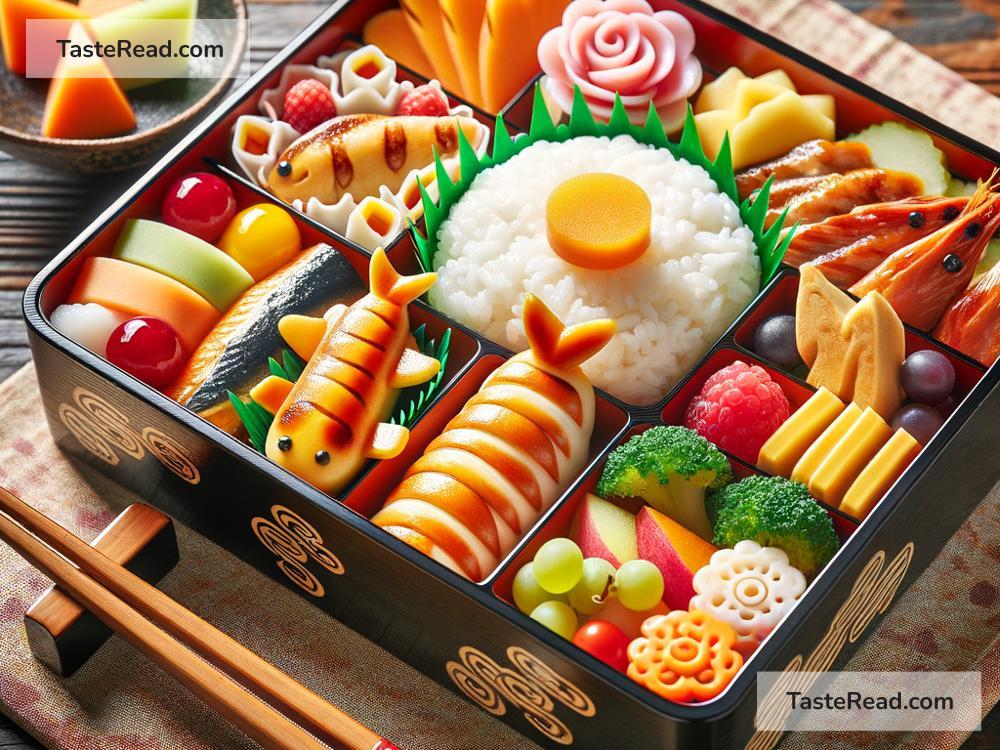The History of the Japanese Bento Box
The Japanese bento box is a wonderful tradition of packing food in a neat and beautiful way. Over time, it has become more than just a meal—it represents Japanese culture, creativity, and practicality. In this blog, we will explore the fascinating history of the bento box, how it started, and why it is still loved today.
What is a Bento Box?
A bento box is a single portion of a meal that is packed in a compact container. It typically includes rice, fish or meat, and cooked or pickled vegetables. It is known for its organized design and balance of flavors. The word “bento” originally came from the Chinese word “biàndāng,” which means “convenient.” And that’s exactly what a bento box is: an easy and portable way to enjoy a meal.
The Beginning: Bento in Ancient Japan
The bento box has a history going back more than 1,000 years. The first version of a bento began during the Kamakura period (1185–1333). People started carrying food in small bags or boxes, especially rice that had been dried and cooked earlier. This rice, known as “hōhan,” was easy to transport and eat, making it an ideal meal for travelers, farmers, and soldiers.
During the Muromachi period (1336–1573), wooden lacquer boxes were introduced to pack meals. These boxes were not just practical; they were also elegant and reflected the Japanese appreciation for aesthetics. People used these boxes for picnics, especially during hanami (flower-viewing) parties.
Bento for Travelers and Theater-goers
In the Edo period (1603–1868), bento culture became even more popular. Travelers used a type of boxed lunch called “koshibento,” which was tied around the waist for convenience. It often consisted of rice balls and pickled side dishes. Another type of bento, “makunouchi bento,” was created for theater-goers. The name “makunouchi” means “between the acts,” as these bentos were enjoyed during breaks in kabuki performances. These meals featured rice and various side dishes placed in compartmentalized boxes.
This was also the time when bento became associated with beauty and decoration. People took great care in arranging the food neatly and artistically. The practice reflected Japan’s idea of “wabi-sabi”—finding beauty in simplicity and order.
Modern Bento: Trains and Schools
In the Meiji period (1868–1912), Japan modernized quickly, and the railway system began to grow. This led to the creation of “ekiben,” or train station bento boxes. These were sold at train stations, making them perfect meals for long journeys. Train station bentos usually reflected the food specialties of different regions in Japan. Even today, ekiben is a treasured part of train travel, offering unique flavors from all over the country.
The late 19th century and early 20th century also saw bento boxes being introduced in schools. Students brought homemade bento lunches packed by their families. Parents carefully prepared these meals, often making them nutritionally balanced and visually appealing. The bento became an important part of family life and showed care and love in every packed lunch.
The Decline and Revival of Bento
In the mid-20th century, Japan faced economic challenges and changes in daily life. With the rise of convenience foods and fast food, preparing bento lunches became less common, especially for adults. Plastic bento boxes replaced traditional wooden ones, and many people turned to store-bought lunches instead of making their own.
But in the late 20th century, things changed again. Bento culture experienced a revival thanks to schools, workplaces, and creative cooking trends. “Kyaraben” or “character bento” became popular as parents made fun, cute bento designs for their children. These bentos featured rice, vegetables, and meats shaped into cartoon characters, animals, or other playful designs.
Additionally, store-bought bento boxes became more diverse and high-quality. Restaurants and convenience stores started offering beautifully presented and affordable bento meals for busy people to enjoy.
Bento in Today’s World
Today, the bento box continues to be a beloved tradition in Japan and around the world. Bento is no longer just a meal—it’s an art form. People take pride in the creative ways they organize food in the box. Bento-lover communities share designs, recipes, and tips online, inspiring others to try bento-making for themselves.
Bento also reflects Japan’s focus on balance and mindfulness. Many bentos are planned to include a healthy mix of proteins, carbohydrates, and vegetables. Above all, the bento box shows how food can be both nourishing and beautiful.
Conclusion
The history of the Japanese bento box is fascinating, spanning over 1,000 years. From humble beginnings as a traveler’s meal to an internationally loved tradition, the bento box has grown and adapted to the needs of the times. Whether it’s a simple lunch or an artistic creation, the bento box embodies Japanese culture, care, and creativity. Its story is one of practicality and beauty—a perfect reflection of Japan itself.


